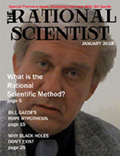Current Book Offerings by Grinning Monkey Publishing
Click on book to preview on Amazon.
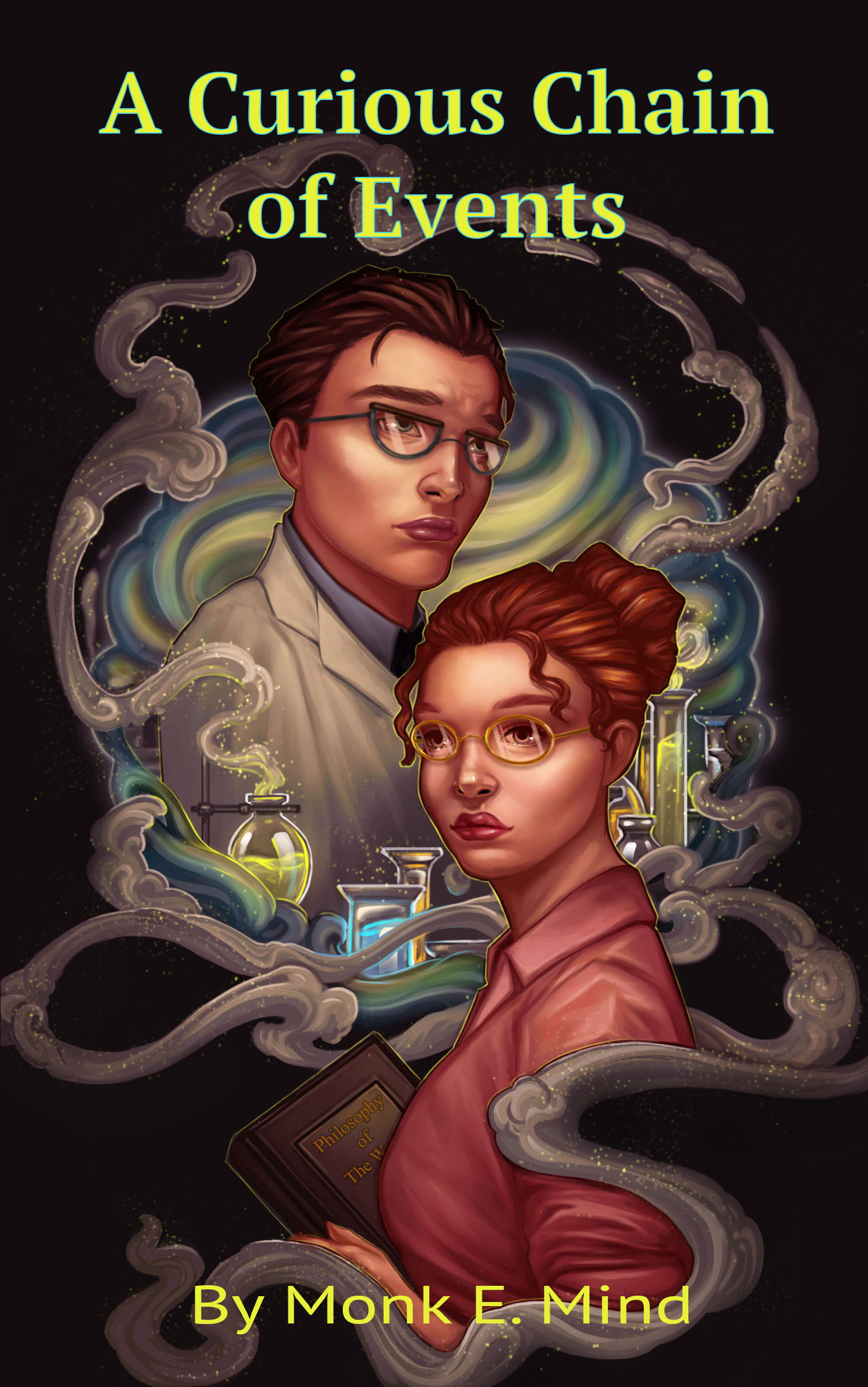
A Curious Chain Of Events
Published in New Worlds, 1939, Arthur C. Clarke responded to the editors, authors, and fans who bemoaned: "All ideas in science fiction have been used up." "Notwithstanding the pessimists, there are a million themes that science fiction has never touched."
He went on, "As long as science advances, as long as mathematics discovers incredible worlds where twice two would never dream of equaling four: so new ideas will come tumbling into the mind of anyone who will let his thoughts wander, passport in hand, along the borders of Possibility."
Arthur C. Clarke was close, little did he know that he was predicting how science would turn out, not science fiction. Today we see that the lines are blurred between science fiction and scientific "Possibility".
"2+2=5 for extremely LARGE values of 2." – Lawrence Krauss, Theoretical Physicist, Cosmologist.
Today, we live in a world where two plus two can equal five. Theoretical physicists weave fantastic yarns of multiple dimensional realities, mass-less particles with infinite densities, and numbers that can add up to anything.
Science has replaced magic and superstition, with Quantum Mechanics and Superposition, magical incantations with mathetagical formulations, supernatural deities with multi-dimentional realities, and God Creation with Big Bang Creation. It is a great time for science and for science fiction!
A Curious Chain of Events seeks to address the main issues of science and philosophy. What is the difference between an object and a concept? What is truth and love? What does it mean to be alive, to have consciousness and intelligence? What is reality? What does it mean to exist? What is motion and what is time?
A Curious Chain Of Events is a story about the love between a man and his wife. Paul is a scientist and Rhonda was a philosopher. Paul is grieving over the loss of his wife who died recently in an auto accident. Rhonda is always on his mind, and he attempts to hold on to her memory by obsessing over their previous conversations. They were often on opposite sides, but Paul had learned to respect, and even depend on Rhonda's point of view. Paul comes up with many ideas while reliving their discussions, and is working on a number of projects at his company's laboratories centered mostly on synthetic biology, DNA, artificial intelligence, and various single celled organisms. Paul will do anything to keep Rhonda's memory alive. Anything.
Paul's company, LoTech Laboratories, has developed a new type of photo voltaic, oil eating bacteria, pollution absorbing phytoplankton, Large Cell Technology, Smart Jeans (yes, with a J) and more. Kept secret from the rest of LoTech Labs, Paul and a small team have created an artifical intelligence that lives in a neural network in a hidden lab. The story brings to the reader's attention many philosophical ideas and ethical concerns about the sanctity of life and bio technology.
Although the story is fiction, it is based on cutting edge science and technology. Be prepared to stretch your imagination and your reading comprehension. Expect to be challenged intellectually and philosophically, to expand your borders, and to possibly step out of your comfort zone.
Bug World
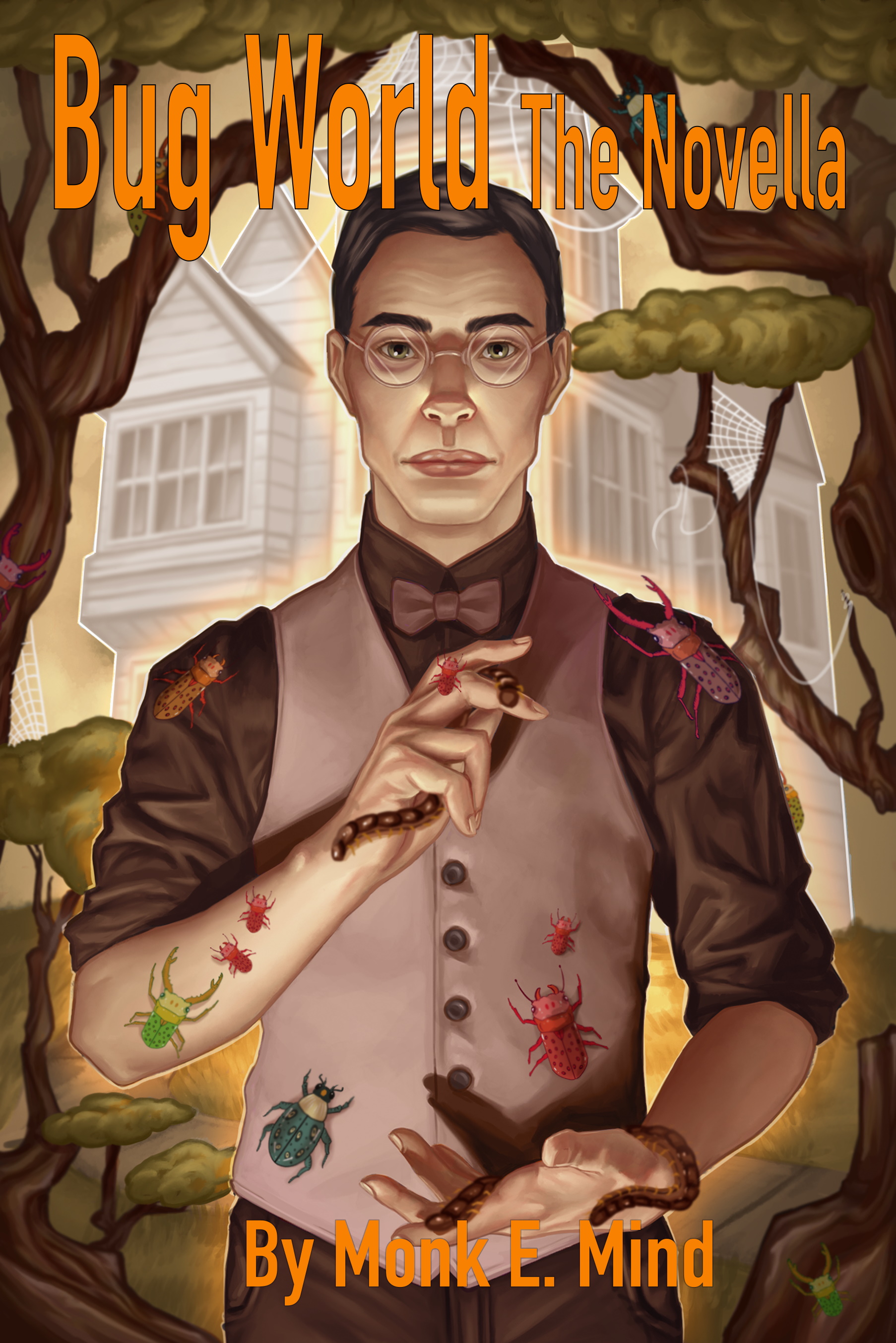
Bug World is a reconstructed civil war era home refurbished by an entomologist as a road side amusement center and educational facility that gives tours showcasing all kinds of insects and sells ant farms, butterfly gardens and more... Howard "Bugs" Smithton, proprietor-entomologist, also teaches at universities and consults with coroners and law enforcement officials as a forensic entomologist like TJ with Bones and Gil Grisham of CSI. Other characters are newspaper man and his family, reporter, Sheriff Clete Beecher, a physics professor and a biology professor at a nearby university. The profs are noticing certain trends that indicate the extinction of man. Bugs Smithton understands that we are, as he says, "temporary guests in a bug's world."
Short Shorts: Short and Very Short Stories
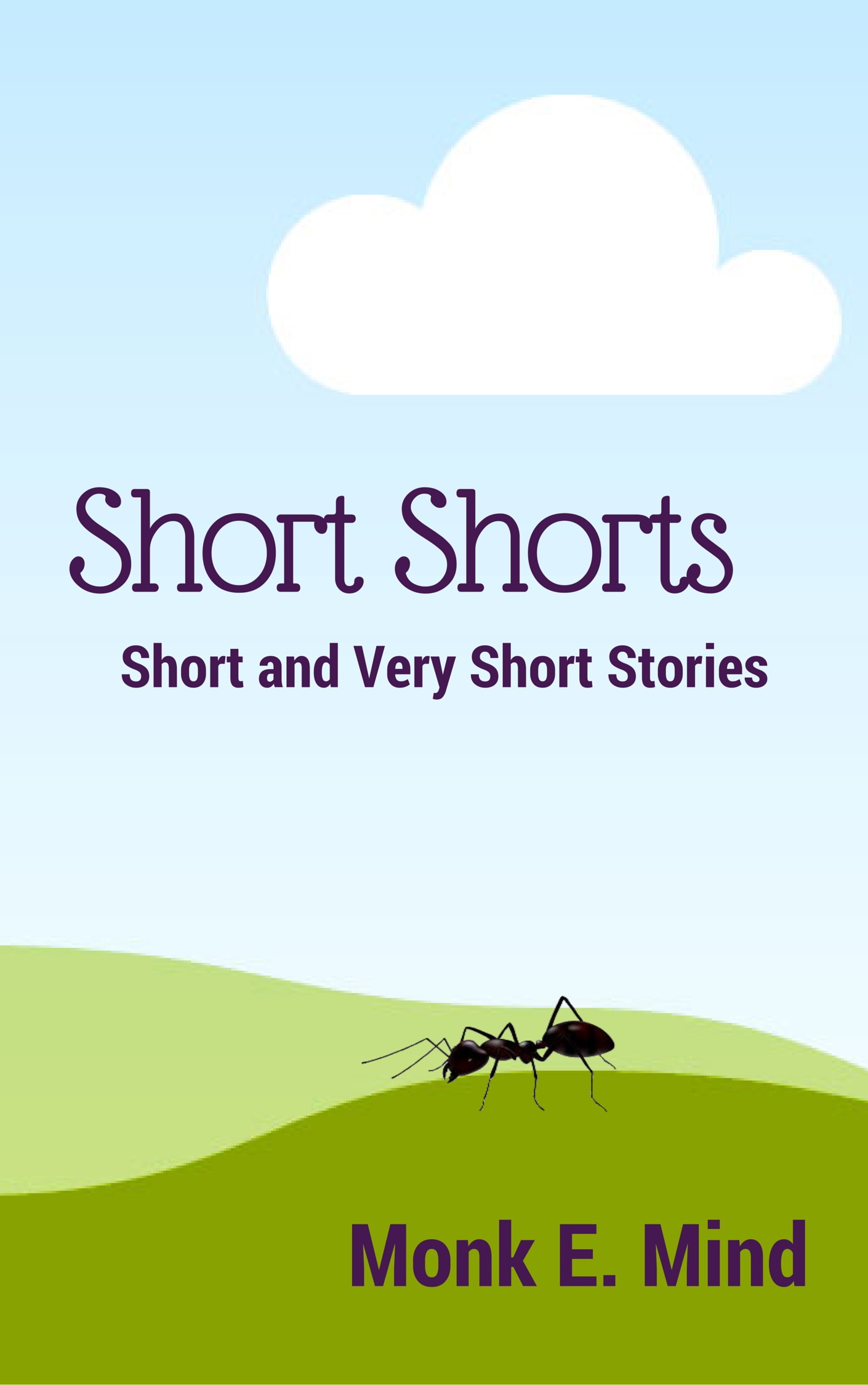
The End of the Trail
He walked along the trail with all the other workers. They had toiled all day in the field, and now were heading back to join the rest just over the hill. His kind had lived and worked this land for over a thousand years. They are the hardest workers anyone has ever known.
They were all tired and hungry, and it was quiet as they mindlessly shuffled down the trail. He had walked this way many times before, as they all had, without a single thought about the individual sacrifice each has made for the collective. This is the way it has always been. His large strong body moved forward with no thought about what tomorrow would bring. In fact, he didn't think anything at all. None of them did.
Suddenly a bright white intensely hot beam of light shot out of the sky. His legs curled up underneath him as he collapsed, instantly dead. His insides were cooked, and a single puff of smoke rose from his body with a pop.
"Time to eat" Jimmy's mother called from the back porch. Jimmy put his magnifying glass in his pocket, and muttered under his breath, "Stupid ants".
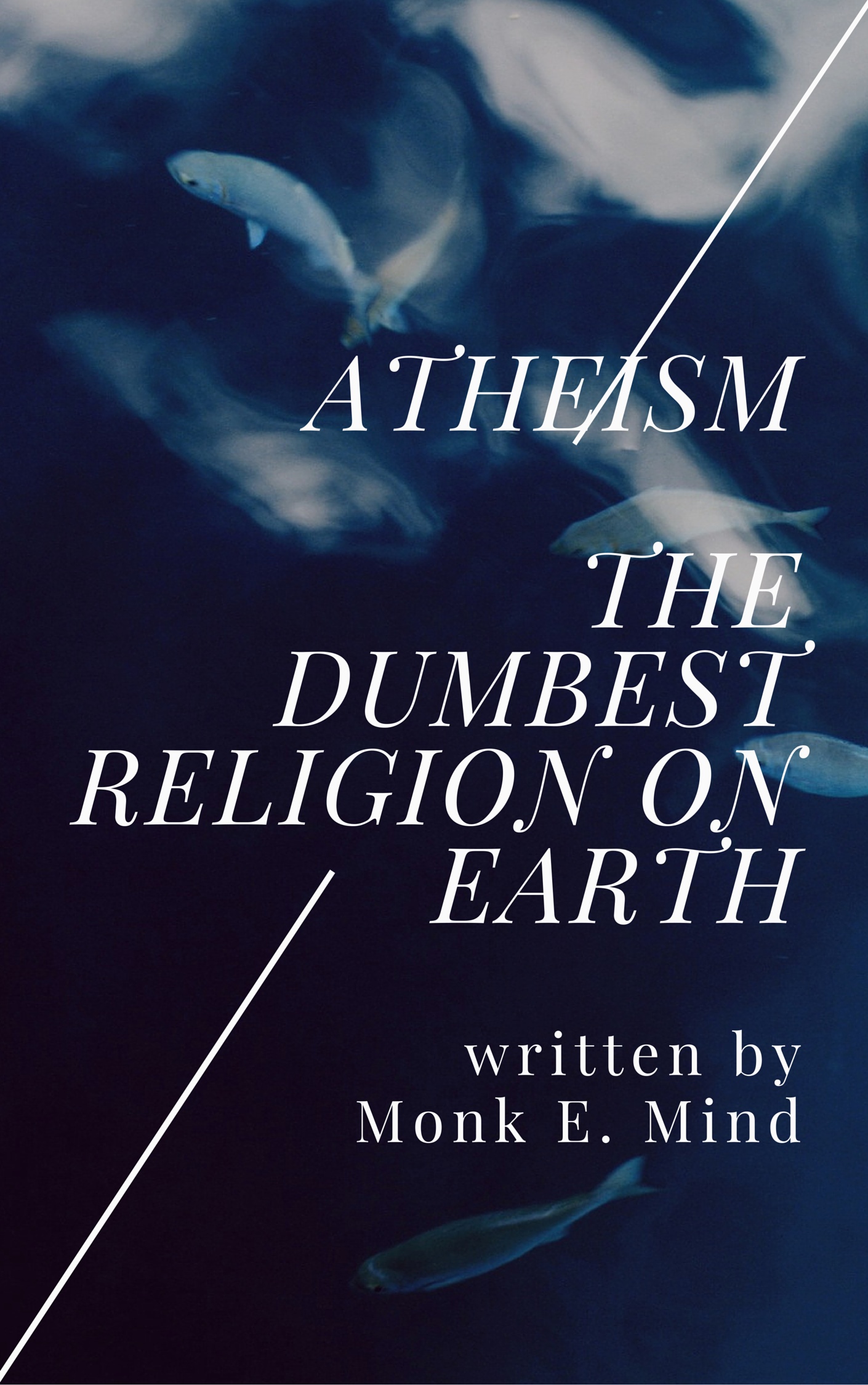
Two Reasons Why Atheism is the Dumbest Religion on Earth:
1) Atheists don’t know they are part of a religion
2) Atheists are actually Agnostics
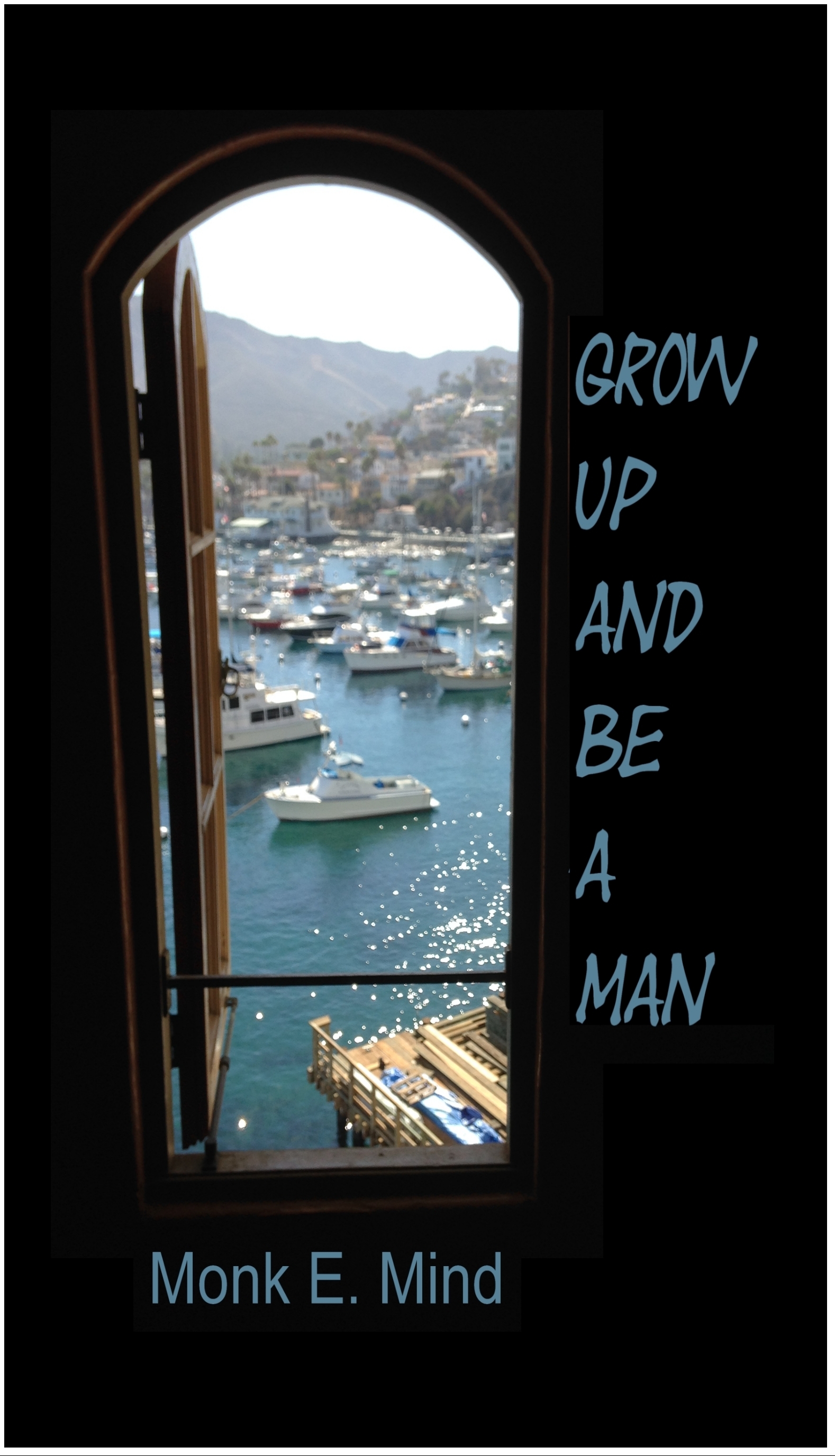
Grow Up and Be a Man is really not so much about my opinion on what “being a man” is but more of learning from example, from our own experiences, and then setting our own course. Life doesn't come with instructions, and folks are pretty much responsible for writing their own book of "care and feeding" or they're likely to live a life wholly instructed by others. That's not always so bad, and sometimes can be quite good. But…in each life there comes a time when one has to pull up their anchor, unfurl their sails, and chart their own course.
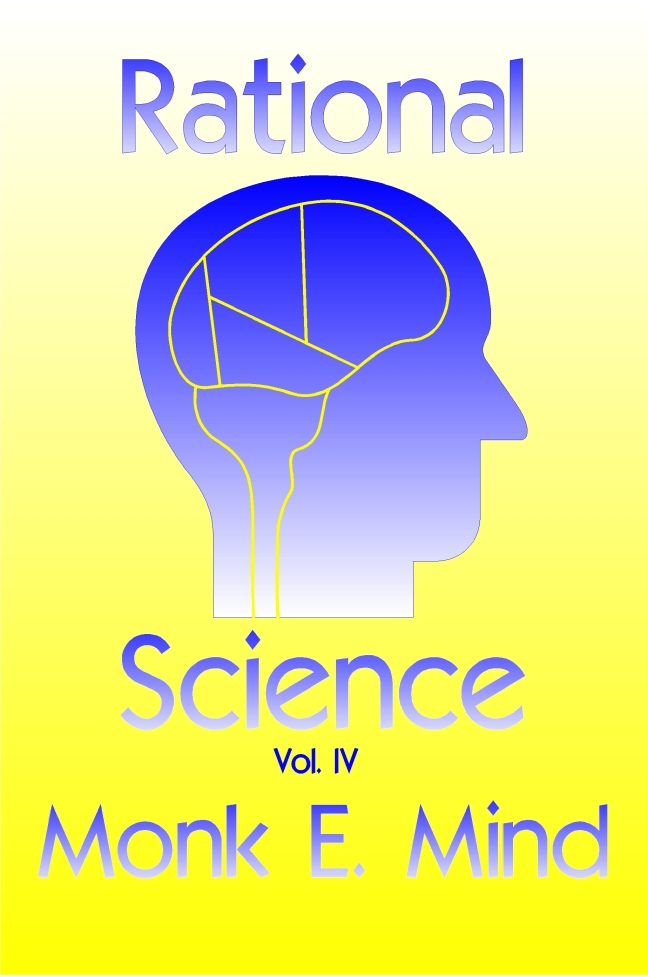
Now is the time for a Rational Scientific Method, and a hypothesis of the underlying physical mechanism unifying light, electromagnetism, and gravity. That would be the Rational Scientific Method as outlined in this book, and maybe, just maybe, Rope Hypothesis. The first three Rational Science Books are now available for free in E book format. If you can't find them, send us aan email and we will get one out to you.

Many thanks to friends of the Rational Scientific Method and Rope Hypothesis facebook groups from whose dedication to rational science I have drawn great inspiration and from valuable years of discussions much of this material has arisen. Many, many thanks to Bill Gaede for a rational Scientific Method, Rope Hypothesis and Thread Theory, for his encouragement on these books, for many hours of science discussion, and for giving me the tools to understand the difference between fantasy and reality and how to determine the difference between possible and not possible
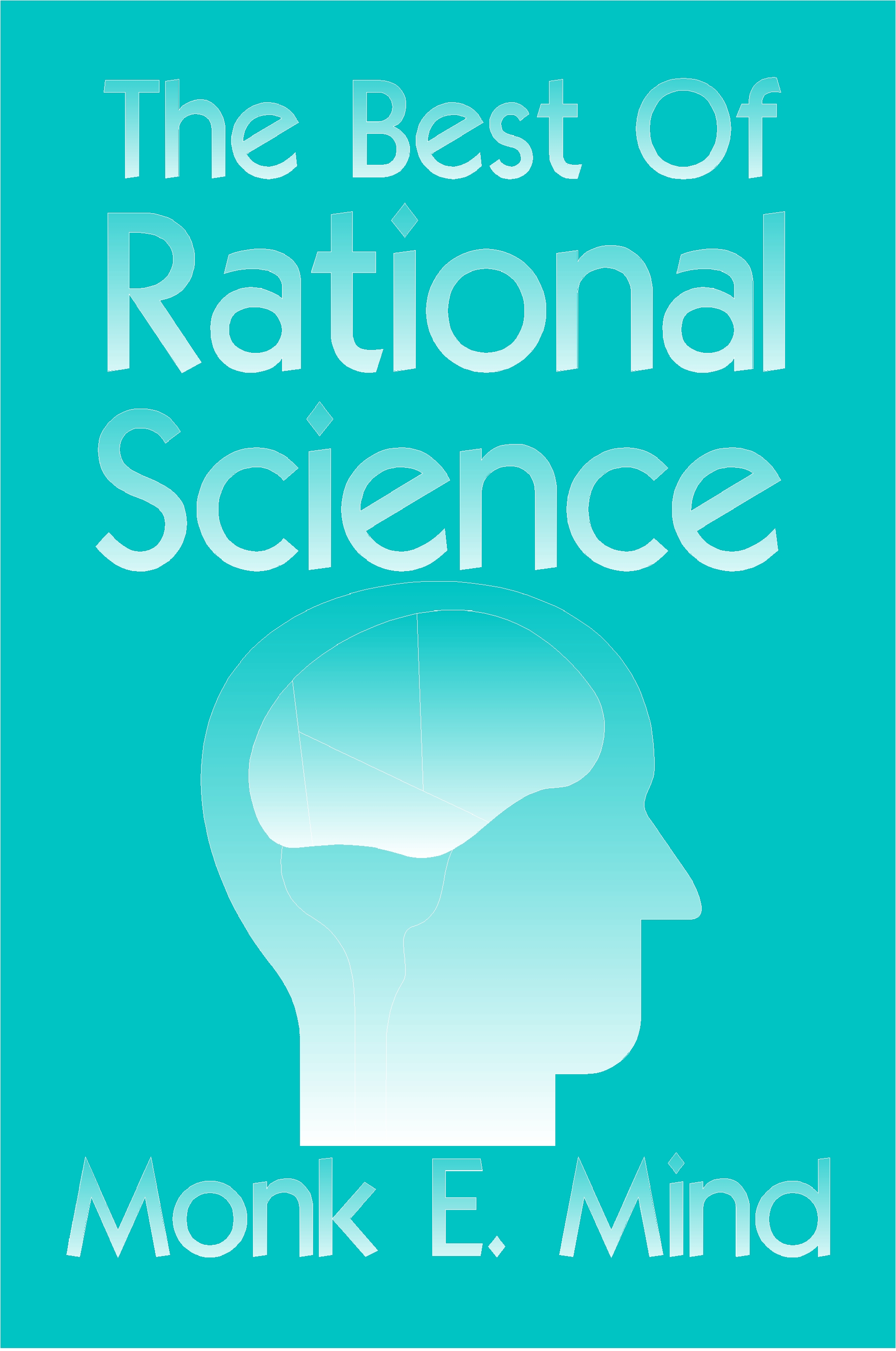
A collection of chapters from the previous five volumes in the seriesof Rational Science books. We discuss the difference between objects and concepts, hypothesis and theory and science and technology. What is science? What do scientists do? What is the Rational Scientific Method?
We learn about light, time and mass, Big Bang Theory, blackholes, and Mach's principle. We find out about dinosaurs and why they were so big. We look at a couple hypotheses on planetary and solar system formation.
From atom to sun, we learn to think about reality in new ways..

Modern physics studies the four "known forces" of nature; Gravity, Electromagnetic, Weak and Strong nuclear forces. However, "known forces" is a misnomer because hundreds of years of investigation have not lead to any clearer understanding. In short, scientists do NOT know what these forces are. In this book we will cover, with the luxury of detail, the history and current investigative nature of particle physics and the so-called forces.
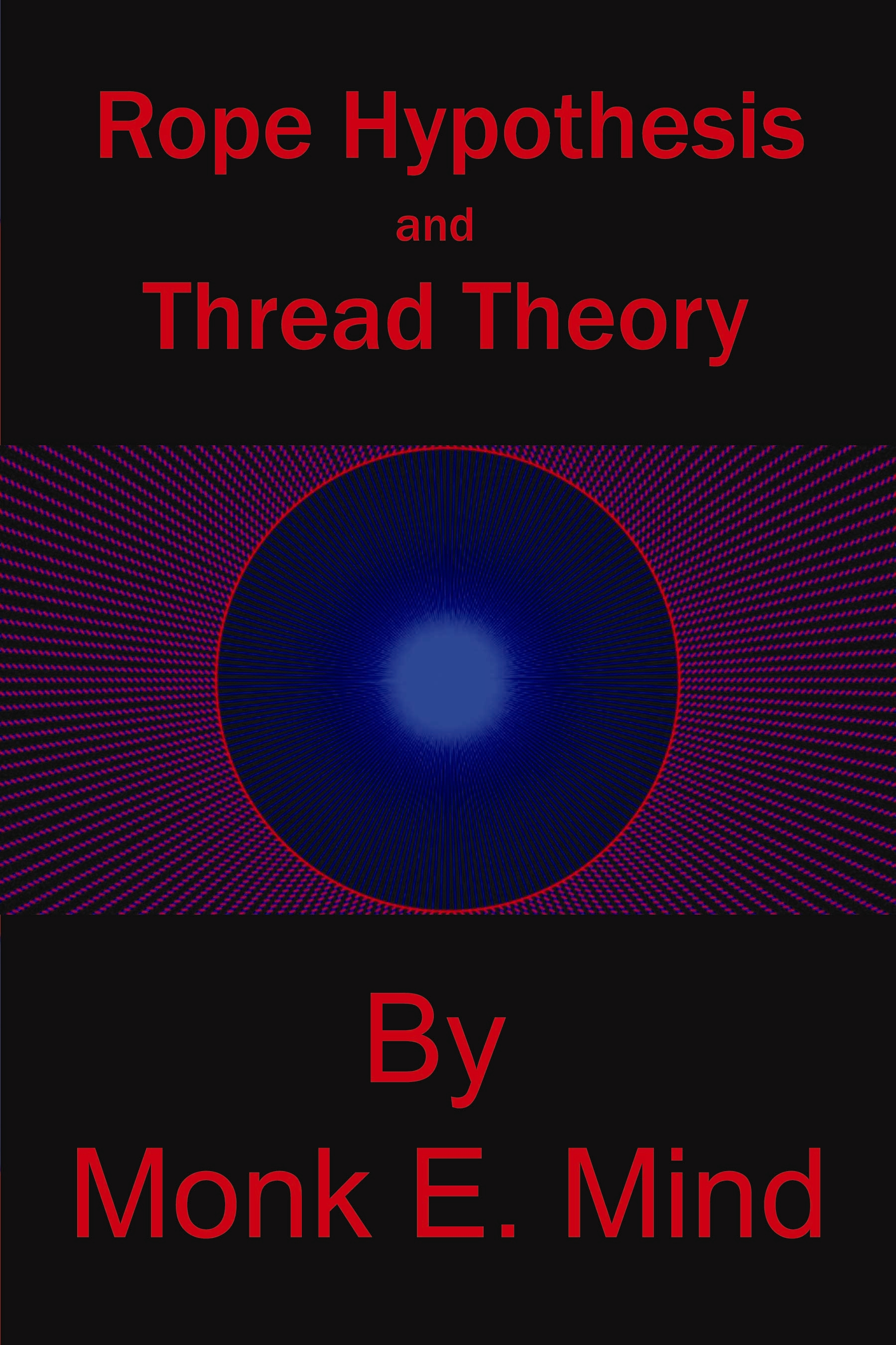
Rope Hypothesis and Thread Theory is based on Bill Gaede's Rope Hypothesis. We apply the rope model to questions such as, "What is gravity, light, electricity and magnetism? What is thermodynamics, what is the difference between light and sound? What is plasma? How do batteries, antennas, an cathode ray tubes work? What is the difference between fundamental and composite objects? Does size scale make a difference when it comes to motion, friction, bending, stretching and tension? What is the difference between electrostatics and gravitation? What is atomic bonding? What are reflection, refraction and diffraction?
Theory of Threads
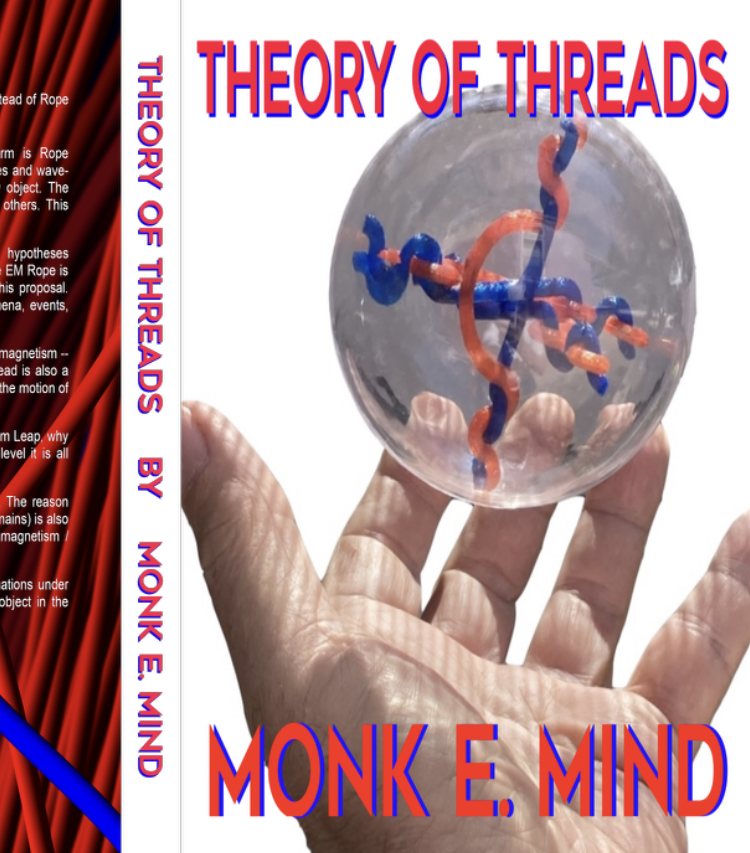
In previous books we learned that Rope Hypothesis provides the mechanisms by which a Theory of Threads can be used to explain light, electricity, magnetism and gravity. We’ve covered hundreds of subjects and poked fun at many of the ridiculous proposals of mathematical theorists.
This book, “Theory of Threads” uses the Rational Scientific Method and applies the Rope Hypothesis towards forming a Theory of Threads for Beta Decay, Isotopes, Thermodynamics, Maxwell's Equation, Alternating and Direct Current, Life and more.
The chapter on artificial intelligence is the first chapter in my next book, where I will propose a theory of Threads for consciousness and awareness. We understand that intelligence emerges, along with levels of consciousness or awareness from the interactions between neurons and neural nets, neural nets and the environment and because of feedback and feed forward between fundamental and composite objects, both locally and globally.
The Rational Scientist Magazine
A magazine of, for, and by the Rational Scientists.
The Rational Scientist Magazine


